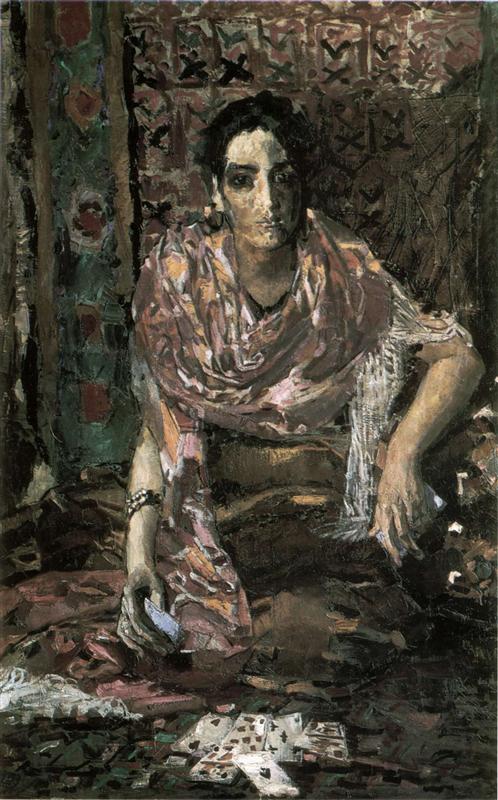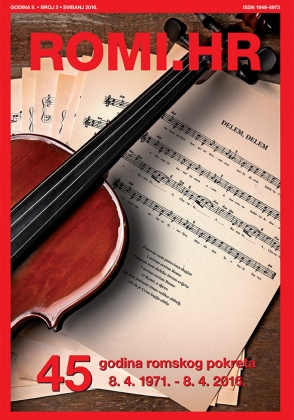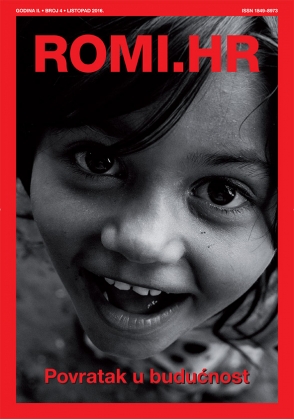Features ROMI.HR
/Mikhail Vrubel’s painting The Fortuneteller draws viewers into a world of mystery and symbolism, where the unknown is revealed through a single, captivating figure. This artwork not only reflects Vrubel’s fascination with the mystical but also offers a glimpse into the cultural ideas of his time, blending artistic beauty with deeper meaning.
Mikhail Vrubel (1856–1910) was a Russian painter born in Omsk, Siberia, known for his unique and imaginative style. He played a key role in the Symbolist movement in Russia, a movement that sought to express deep emotions, dreams, and the mystical through art. Vrubel's works are characterized by his bold use of color, unusual perspectives, and the emotional intensity of his figures.
Vrubel was highly inspired by Russian folklore, mythology, and literature. He often painted images that felt otherworldly and filled with symbolism. His technique and approach were distinct from the traditional realism popular in Russia at the time, which made him stand out as a visionary artist. Vrubel's works have an almost mosaic-like quality because of his use of strong, angular brushstrokes and thick layers of paint, giving his paintings a textured, vibrant look.
"The Fortuneteller" (1895) is one of Vrubel's paintings where he depicts a mysterious woman seated in a dimly lit room. The painting is full of symbolic elements and subtle details that create an atmosphere of magic and intrigue. The fortuneteller is dressed in dark, flowing clothes, with her head wrapped in a shawl. She gazes thoughtfully at the viewer, as she is in a trans, with a deck of cards laid out in front of her. It seems like she’s about to reveal a hidden truth or fate.
The plot of the piece was based on his impressions of Georges Bizet's opera "Carmen", which he first heard in 1883 and got carried away. Having visited the opera again, in the early 1890s he painted a number of paintings devoted to this theme: two small paintings "Spanish Woman in White" and "Spanish Dancer in Red", the canvas "Spain" (1894) and will finish with the painting "Fortune Teller"(1895).
In the house of his friends Konchalovskys, Vrubel let slip that the portrait model for his painting was not a Roma at all, but a certain inhabitant of the hotel where he lived, a Siberian woman who fell in love with him.
The motif of fortune telling with the dropped ace of spades came from Bizet's opera. This is evidenced not only by the surviving memories of Vrubel's friends, but also in the opera itself there is a scene of Carmen's fortune telling in the mountains in the camp of smugglers. Accordingly, most likely never having met the real Roma, the artist is enveloped by the inspired tendency to romanticize the national group through other works of art.
The colors Vrubel uses are mostly dark and rich, creating a moody atmosphere. The background is in shades of deep brown and black, which contrast with the woman's skin and the cards on the table, making her stand out as the central figure. Vrubel’s use of light is subtle, with a soft glow highlighting the woman’s face and hands, drawing the viewer’s attention to her concentration.
There is no historical record that Mikhail Vrubel had any direct contact with the Roma community. In 19th-century Russia, Roma were often romanticized in art and literature as free-spirited, mystical wanderers, known as well for fortune-telling. A portrayal did not reflect the real struggles Roma people faced, including poverty and discrimination.
Vrubel’s "The Fortuneteller" fits into this tradition of romanticizing the "other." It’s important to recognize that while the painting is beautiful and evocative, it’s also a product of its time, reflecting the common European fascination with the mystical and the exotic.
Vrubel’s depiction of a fortuneteller, like other portrayals of Roma people in European art, contributed to the popular image of Roma as “mystical outsiders”. While this image may have intrigued or fascinated viewers, it often reinforced stereotypes that did not represent the reality of Roma life. These artistic portrayals did little to improve the situation of Roma people, who faced discrimination and marginalization across Europe.
However, Vrubel’s art remains influential in the broader context of Russian Symbolism, and his works continue to be appreciated for their emotional depth and unique style. His depictions of mystical figures, including “The Fortuneteller”, contribute to the rich tapestry of Russian art, even as we recognize the limitations and stereotypes in some of these portrayals. The painter still made a great impact on the Roma cultural heritage as Roma being the center of attention was not unfortunately a usual case, and such pieces of art make us pay attention to those who are always out there fighting for their life and recognition every day. The painting is exhibited in The State Tretyakov Gallery, Moscow, which is considered the foremost depository of Russian fine art in the world.
 Back to Features
Back to Features













